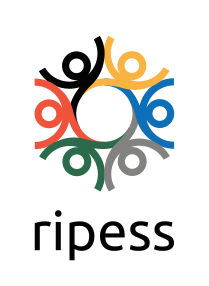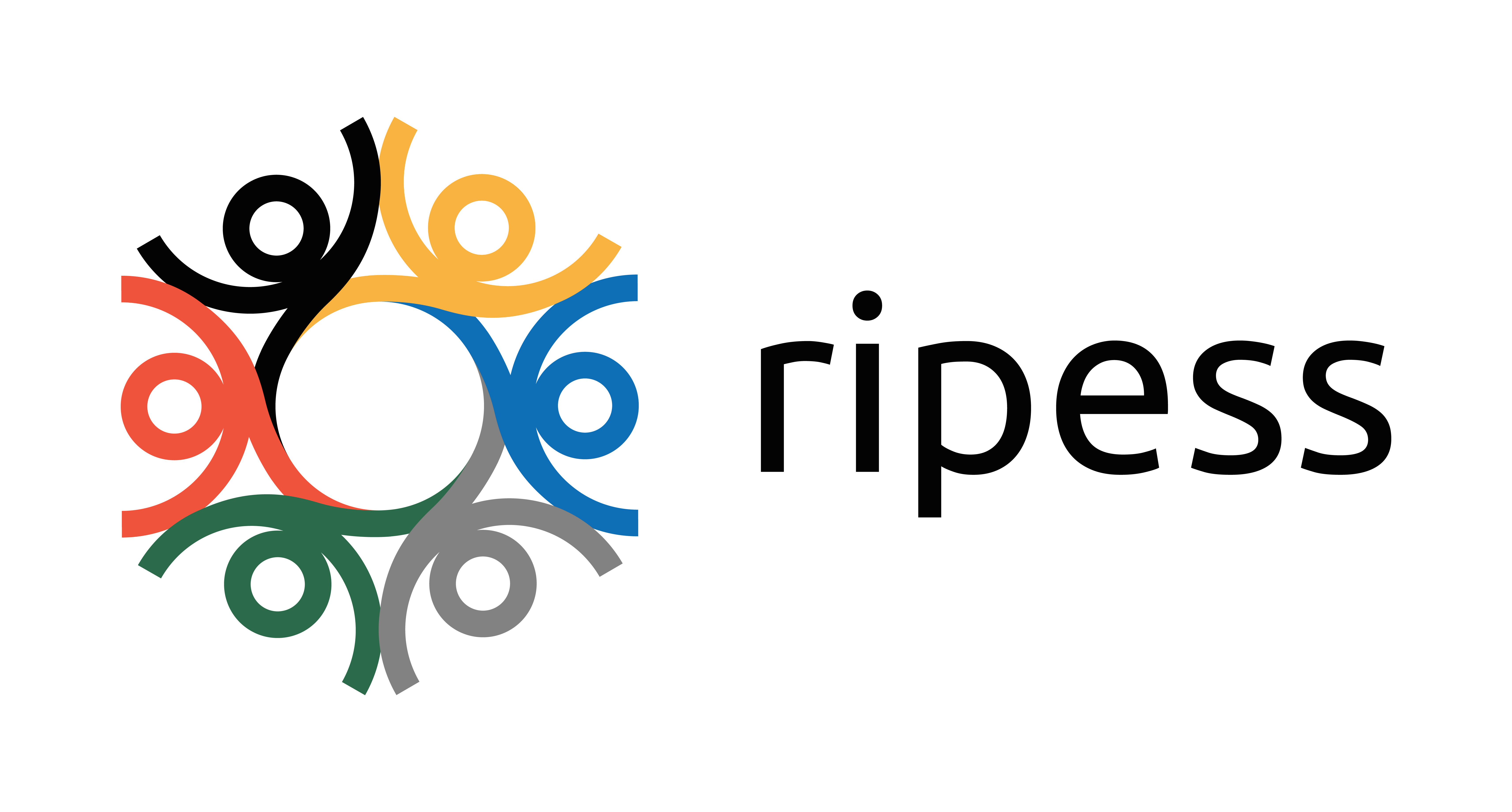The Movement for the Solidarity Economy (MES) and the Federal Union of Intervention of Cultural Structures (UFISC)[1], members of RIPESS Europe, participate in the work of the Gender Equality Commission of the ESS Superior Council.
In this context, the Observatory for Gender Equality in the SSE is developing different lines of action, as follows:
- Guide for the continuous improvement of good practices: continuation of the work begun a few months ago on the creation of a tool to mobilize and support SSE networks in the implementation of the guide for the continuous improvement of good practices.
- Accompaniment of the CSESS Committee on Gender Equality on the production of a recommendation note for the integration of gender equality in the growth pact. For example, among the recommendations made by the CSESS Gender Equality Commission is the sustainability of the Gender Equality Observatory in the SSE.
- Carrying out a self-diagnosis of the CRESS network: operational launch of a self-diagnosis of the CRESS network in the form of an online questionnaire on parity in governance bodies, professional equality and the integration of equality in CRESS activities. The results can be used by 8 March 2019.
- Support for the 8 March event organized by the High Commission for SSE and Social Innovation.
The observatory carried out an inventory of gender equality in the SSE, which will be presented on 8 March during an event organised by the High Commission for SSE and Social Innovation at the Ministry of Ecological and Solidarity Transition.
The observatory is organizing its next evening on Tuesday, March 26. This evening will be an opportunity to present and distribute the state of the art and to discuss other tools or work carried out by SSE structures.
The continuation of the work will be devoted to the theme “Gender equality in the SSE: what is the current situation? what tools to act?
The gender study will consist of a quantitative part containing the figures on the subject and a qualitative part presenting the initiatives and good practices that have made it possible to achieve gender parity in some organizations. An ad hoc working group will be mobilized in the coming weeks to contribute to this study, validate the expectations and plan as well as the questionnaires produced to provide feedback.
Finally, one of the Observatory’s next projects will be to put a resource centre on gender equality in the SSE online on the website of the National Committee of the Regional Chambers of the SSE.
Study design
1. A HARD GENDER DIVERSITY TO FIND. The SSE, because it primarily concerns sectors known as very “feminine”, has difficulty gaining in gender diversity.
2. MORE PRECARIOUS WORK CONDITIONS FOR WOMEN. SSE, because it plays an important role in integration, supports specific, sometimes more precarious jobs.
3. A GLASS CEILING THAT RESISTS. The SSE, like the rest of the economy, does not escape the glass ceiling, made stronger in some organizations or sectors.
4. INEQUALITIES THAT ARE ALSO FOUND IN SALARIES. Inequalities that result overall from the employment of women in SSE, which is more precarious and with more constrained career development.
5. GENDER EQUALITY AND TERRITORIES, SPECIFIC ISSUES?
[1]In 2018, MES and UFISC have organized training sessions on gender issues in SSE.





Leave A Comment